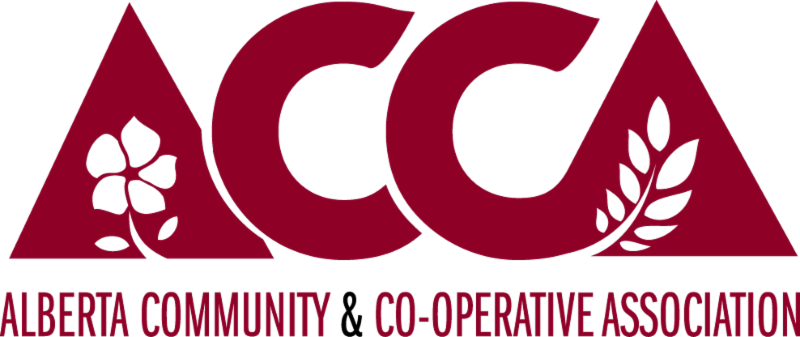How is a Co-op Structured?
Co-ops have a democratic, ‘one person one vote’ structure, where members collectively elect a board of directors.
Governed by bylaws, this community-ownership structure means a co-op operates to serve the needs of the membership, rather than greedy corporate shareholders.
Compared to traditional businesses, co-ops are based upon the values of self-help, self-responsibility, democracy, equality, equity and solidarity.
With honesty, openness and social welfare at the heart of the model, many people see co-ops as a responsible, values driven buisness in today's divisive world.
Analyzing The Co-operative Difference
When comparing the structure of a co-operative business model to that of a normal business model in a fictitious example below, we can clearly see the co-operative difference.
Startup Business:
- Entrepreneur has an idea and starts a Canadian business.
- Entrepreneur invests $200k and grows the business, attracting $100k investment from 1 Chinese investor for 10% business ownership; and $1m investment from a U.S. venture capitalist for 30% business ownership.
- Customers purchase the product or service without any influence over business operation. Each of the 3 business owners have different voting powers.
- Entrepreneur decides to invest overseas, personally pockets business profit made in Canada and pays dividends to 2 foreign investors.
Start Up Co-op Business:
- A group of 10 local people see a need or opportunity in their community or workplace and co-operate by pooling resources to form a board and create a co-op.
- To access the product/service, 10 board members and 200 community individuals purchase a lifelong $20 membership share, investing $4,000 into the co-op.
- The co-op grows by serving its members who purchase its products or services. The 200 members have direct and equal influence over business operation by voting on key board decisions and electing board members.
- The board re-invests profits into local community projects or to evolve the co-op; sharing profits with all 200 members through patronage payments.
Latest Updates:
